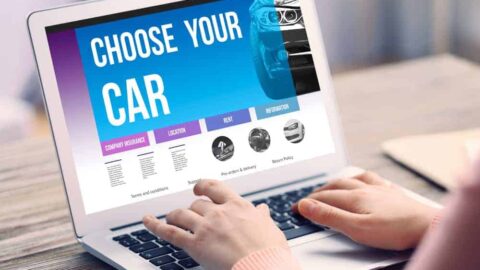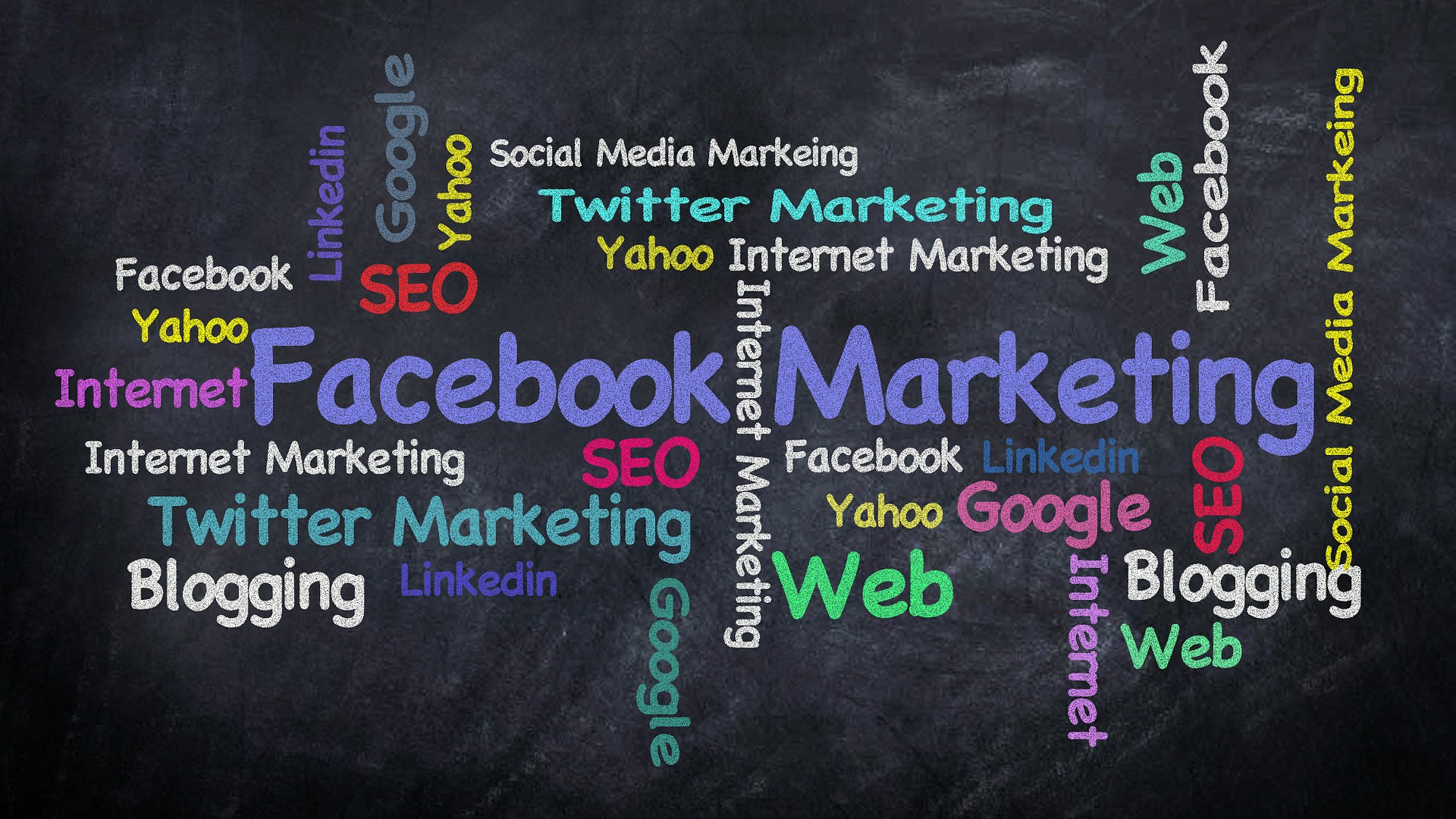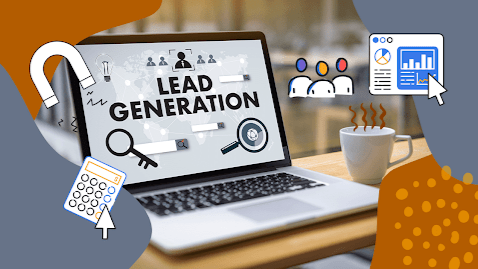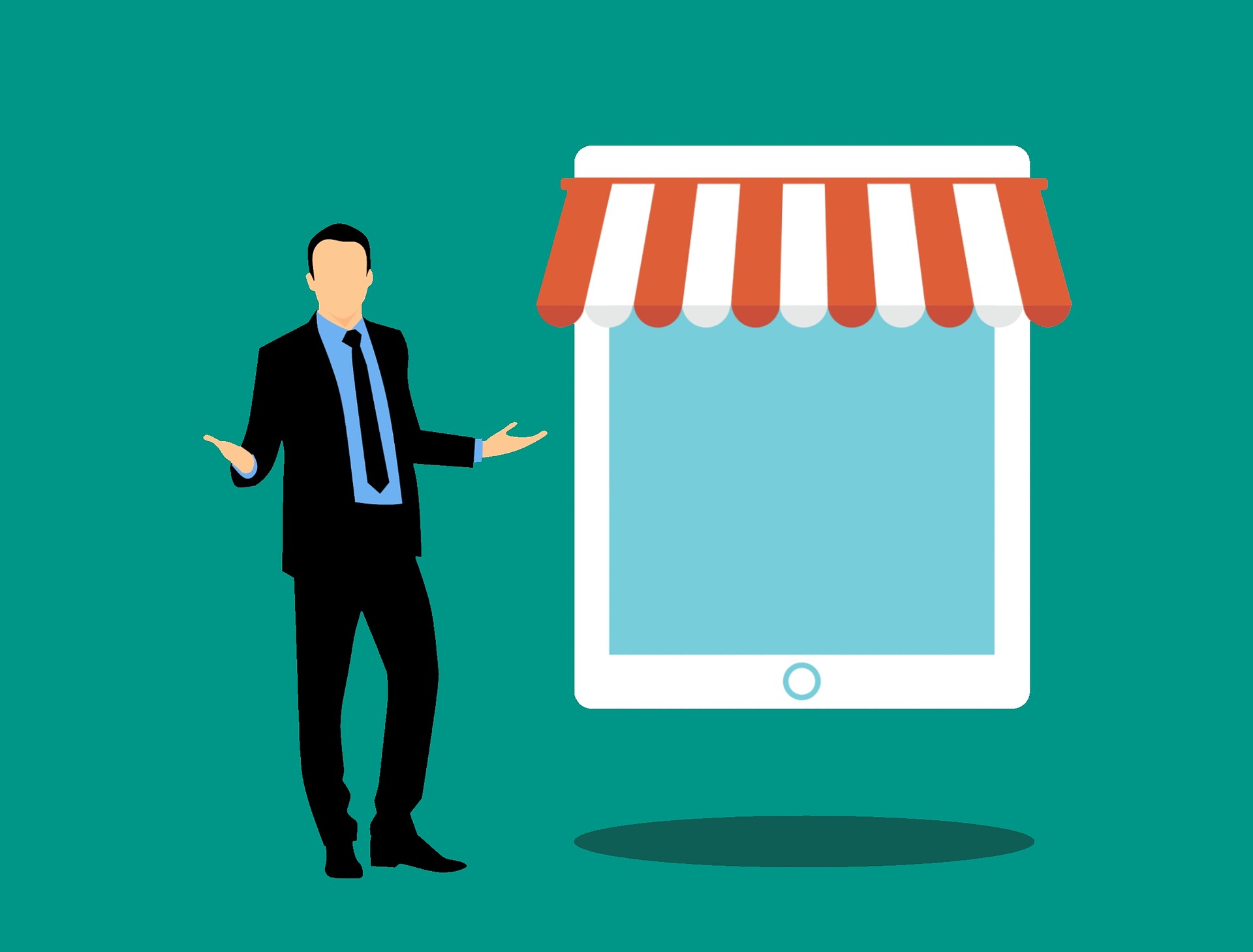E-commerce business owners know that the most frustrating aspect of running an online business is how quickly sales can slip through your fingers.
It seems like you can do just about everything right with your e-commerce business (identify a product and a market, design a beautiful website, come up with compelling marketing campaigns that bring in traffic and leads), and yet fail to convert visitors into sales at a rate that satisfies you and the bottom line.
There are many factors that go into whether or not a visitor becomes a customer, and whether that customer becomes loyal to your business. Luckily, because you have an online business and not a brick-and-mortar one, you can make changes to your website, and adjust user experience and marketing materials that may lead to an uptick in conversions.
Here are five easy changes you can make to your e-commerce business in order to boost sales:
Focus on retention, not acquisition
When starting your online business, your goal as a business owner is to acquire new customers. And hopefully, throughout the life of your business, you continue to find customers at a sustainable rate.
However, the true source of growing sales isn’t to get a huge number of new customers; it’s to keep the existing ones.
The biggest hurdle you’ll have to get over with a customer is convincing them to buy from you for the first time. Once you do that (assuming they had an enjoyable experience and that they like your product or service), getting them to buy again is an easier and more affordable strategy than going out and convincing a new person to do the same.
According to analysis by Smile.io, customers become more and more likely to buy from you with every purchase they make. Not only that, but a loyal customer’s average order value is higher than that of a new customer’s, by a significant margin.
Therefore, to boost sales, you need to worry about moving a customer from one-hit wonder to loyal follower, rather than from visitor to first-time buyer.
Retarget customers with email marketing
Email marketing is one of the most cost-effective and ROI-positive digital marketing strategies in use today. You should already have an email marketing platform in your arsenal at this point—but if you’re just using it to send out the odd newsletter, you’re missing out on a valuable tactic that can send “retargeting” efforts directly into email inboxes.
There are a variety of email retargeting strategies and resulting emails, which you can use when retargeting a customer or a potential lead.
The most popular tactics include:
- Cart abandonment emails: Did a customer abandon their shopping cart just before making a purchase? Besides examining why they left your funnel at the worst possible moment, you can also follow up with an email encouraging them to complete the transaction. Maybe that means offering a little discount, or free shipping, or just reminding them how close they were to their desired item.
- “Long time no see” or inactive visitor emails: Has it been a while since a customer bought something from you? Make sure they didn’t forget about you, and keep your brand top-of-mind, with a simple follow-up email, letting them know about new products, deals or holiday specials on the horizon.
- Upsell emails: If a customer made a purchase and you’re able to identify top-selling related products, that’s a match made in e-commerce heaven. An automated campaign like this can generate way more business than you might expect.
Let your email marketing platform do the heavy lifting here, once you acquire your customer emails through purchases or newsletter subscriptions. Use these messaging tactics in conjunction with on-site nudging to increase sales.
A/B test your landing pages
The beauty of an e-commerce store, compared to a brick-and-mortar one, is that the former can be many things to many people. Your landing pages from Google or social media can appear differently to different visitors—different copy, different site design, and different calls-to-action, with the help of A/B testing. On the other hand, your brick-and-mortar store will look the same to everyone who walks in, unless you rearrange things after each customer leaves.
Use A/B testing to create different versions of your site’s landing pages. The best method is to change a single variable within two versions of your page—the placement of a certain CTA button, or your color scheme—and see which one performs better in terms of conversion rate. Then, take the winning page and make another change, and so on.
You can always optimize your landing pages to see what’s the best way to appeal to your customers. You won’t be able to gauge their facial expressions like you might in-person, so seeing what convinces a customer to convert, or not, is the next best thing.
Reduce friction at checkout
As mentioned above, there’s nothing worse than seeing customers abandon ship during the checkout process. The trick is to identify what friction points might prevent people from clicking “confirm” or “purchase” at that last step.
It’s a bit more difficult to A/B test checkout funnels than landing pages, since there’s always going to be the basic information you’ll need from someone, like their credit card number and shipping information.
You can, however, take note of when people leave your check-out page for good. Is it when they’re told about shipping costs? When you mention that you don’t take American Express or digital wallet payments? Do you notice other friction points, such as unclear navigation or insisting that customers create an account to make a purchase?
Pare down your checkout experience to be as seamless as possible for the customer, and find ways to accommodate their needs and expectations, such as free shipping for orders over a certain dollar amount. A frictionless checkout process will lead to more sales.
Related: How to Bring Your Local Business Online in 4 Steps
Devote time and resources to customer service
You can’t overstate the importance of the customer service experience to e-commerce businesses. When shopping online, people want to feel secure in their purchase—that they can return something if it doesn’t meet their needs, that they can talk to someone to confirm whether an item is a good fit for them, and that they’ll receive confirmation of their order so they don’t feel rudderless after a purchase.
Investing in tools like customer service chatbots (which can engage with customers 24/7 and keep them engaged until your team is back online) and doubling down on training and guidelines for your customer service team will be worth it. By turning an unsure visitor into a paying customer, and/or preventing a paying customer from leaving your business for good after a less-than-stellar experience, you’ll build both your reputation and your sales numbers.
An e-commerce business is practically a living thing. You can always iterate and improve the shopping experience for customers, and make it easier for them to become a loyal buyer, with simple tests and tweaks. Don’t be afraid to make those changes—it might be the difference between your success and failure in the long run.
Source: StartupNation










